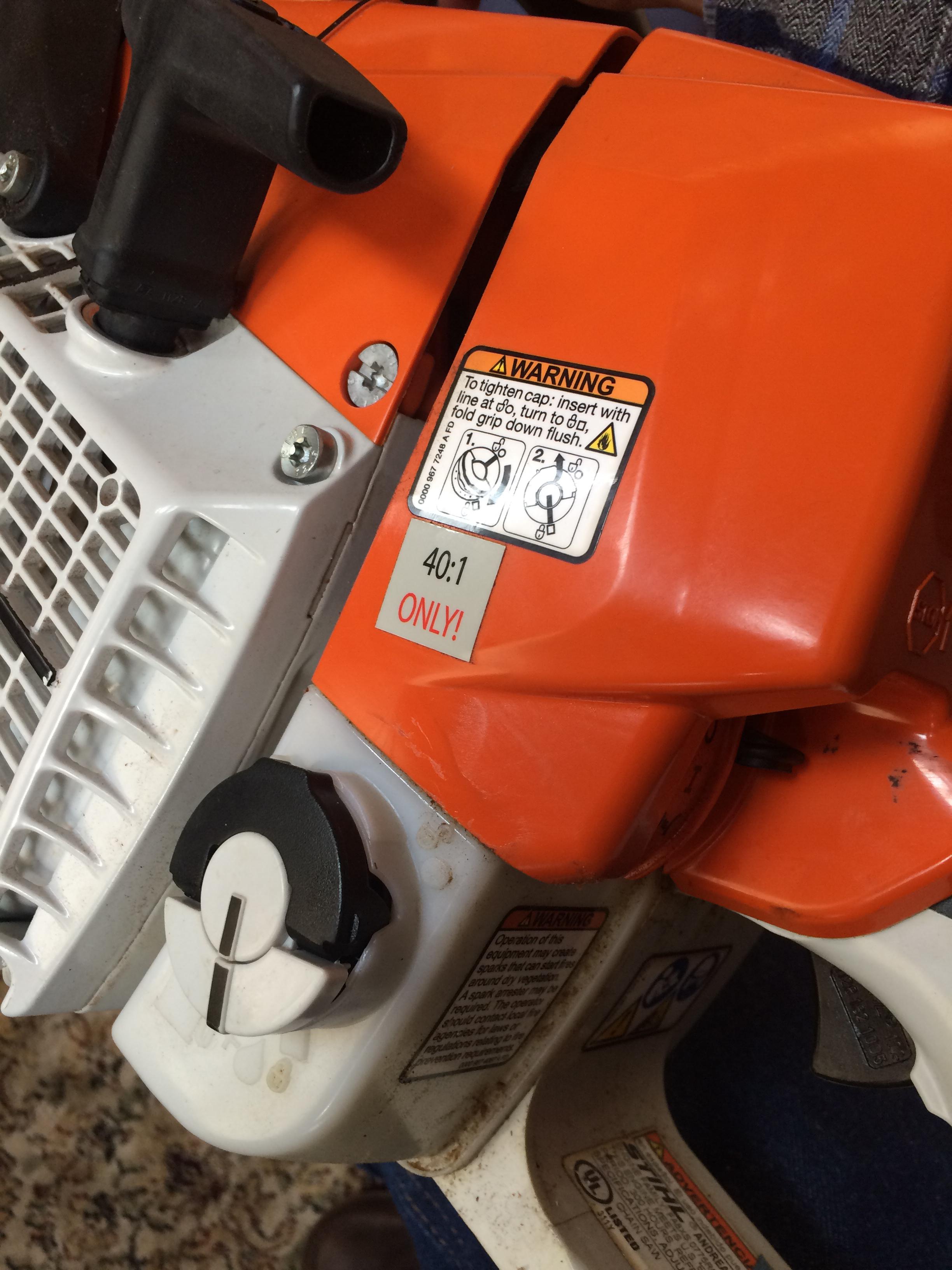- Joined
- Apr 28, 2014
- Messages
- 7,785
- Reaction score
- 10,443
I’ve seen saws with burned down bottom ends from running 50:1.
There’s Merit.
I personally run @ 36:1 Red Armor.
If that works for you, then GREAT!!!! Most ALL of the rest of the chainsaw buying/using world takes their advise from the engineers that build and test Stihl, Husqvarna, et.al. I guess it is now you and me that know better, and let all of them find out what you alone have discovered and now shared with me. :wink:





























































